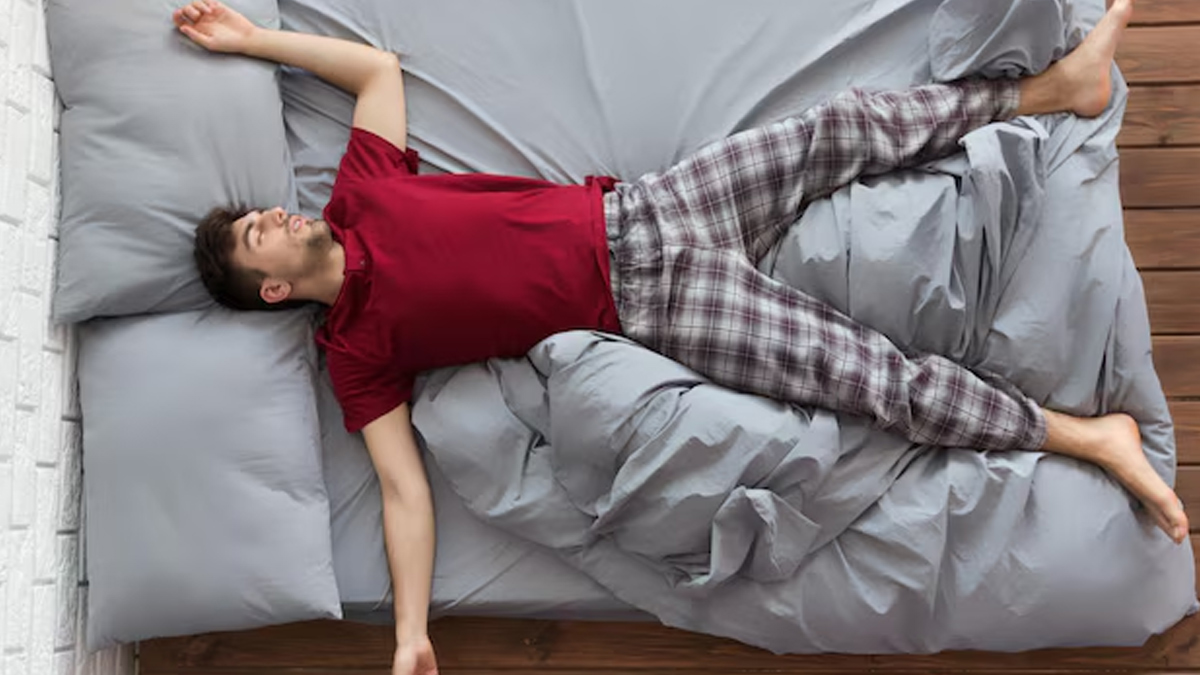
Have you ever felt like one shoulder is always tighter, stiffer, or just more 'off' than the other? Like no matter how much you stretch, massage, or rotate it, it stays in this weird semi-knotted state, especially after a long workday or scrolling spree? And no, it doesn’t always come from an intense workout or old injury. Often, it’s the sneaky little things you do every single day, habits so routine you don’t even notice them, that silently overload one shoulder more than the other.
Table of Content:-
Daily Habits That Can Cause
1. Your Bag is the Main Culprit

If you're someone who always slings a handbag, tote, or laptop bag on the same shoulder, over time it can lead to uneven muscle tension. One side of your upper trapezius (the muscle connecting your neck and shoulder) ends up doing extra work, leading to tightness, fatigue, and even slight asymmetry.
Fix: Rotate shoulders throughout the day, use a backpack (even occasionally), or consciously switch shoulders every hour. Your trap will thank you.
2. Your Dominant Side Takes the Hit
If you’re right-handed (or left), chances are you're doing most of your daily tasks, writing, scrolling, reaching, brushing, cooking, on that side. Over months and years, this creates muscular imbalances.
A 2006 study involving 39 healthy adults found their dominant shoulders had significantly higher peak torque in adduction, extension, and internal rotation, the very motions we use daily, even when excluding flexion, which remained balanced.
Fix: Try 'mindful ambidexterity.' Practice small things, like using the non-dominant hand for brushing or opening doors, to give your dominant side a break.
3. That Slouchy Desk Posture
We all know bad posture’s a villain, but did you know it might be tighter on one side? If your monitor isn’t centred or your mouse is far off to the side, you might be unknowingly leaning, reaching, or twisting toward one direction all day. Over time, that repeated micro-strain adds up.
Fix: Keep screens at eye level and centred. Bring your mouse and keyboard closer so your elbows can relax by your sides. And take stretch breaks, set a timer if needed.
4. Sleep Position Woes

Side sleepers, listen up: If you always sleep on the same side, your shoulder joint gets compressed nightly. Over time, that leads to stiffness and reduced circulation.
Fix: Try alternating sides, or use a body pillow to reduce shoulder compression. If you’re waking up sore, your mattress or pillow may also need an upgrade.
5. Carrying Kids or Pets (Always on One Side)
Parents or pet parents often lift and carry their little ones on their dominant side without even noticing. That shoulder takes on all the weight, all the time, creating tightness that builds up by the end of the day.
Fix: Make a conscious effort to switch sides, or distribute the load better. Use a carrier or armrest when possible.
6. Your Phone and Scrolling Style
Cradling your phone between your shoulder and ear or holding it in one hand while the other scrolls might feel natural, but it’s a setup for imbalanced strain. Holding your phone up with one arm for long periods can lead to a tech neck plus a tight shoulder.
Fix: Use headphones for calls and alternate hands while texting or scrolling. Or give your arms a break and prop your phone on a stand.
7. Emotional Tension Has a Favourite Side
This might sound a little surprising but it’s backed by somatic therapists: people often 'carry stress' in one shoulder more than the other. It's part of how our bodies process emotional load. Left shoulder tension is often linked to emotional strain, while right shoulder tightness is connected with physical overexertion.
Fix: Pay attention to when the tightness creeps in. Is it after a stressful day? Try journaling, deep breathing, or a shoulder-opening yoga pose like threading the needle or eagle arms.
[Disclaimer: This article contains information for informational purposes only. Hence, we advise you to consult your professional if you are dealing with any health issue to avoid complications.]
Also watch this video
How we keep this article up to date:
We work with experts and keep a close eye on the latest in health and wellness. Whenever there is a new research or helpful information, we update our articles with accurate and useful advice.
Current Version